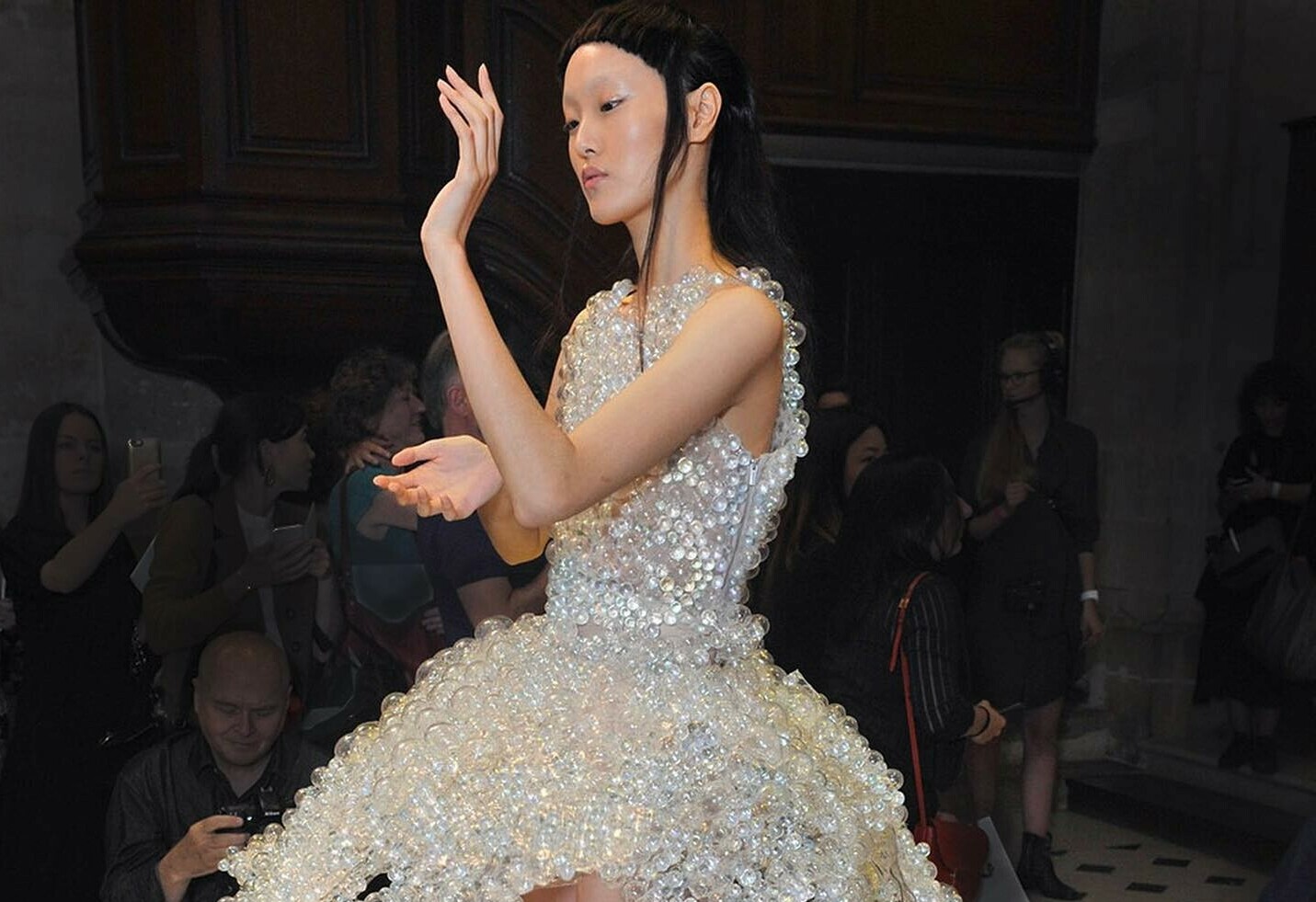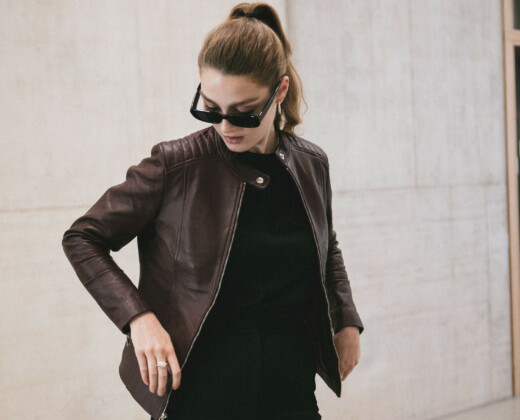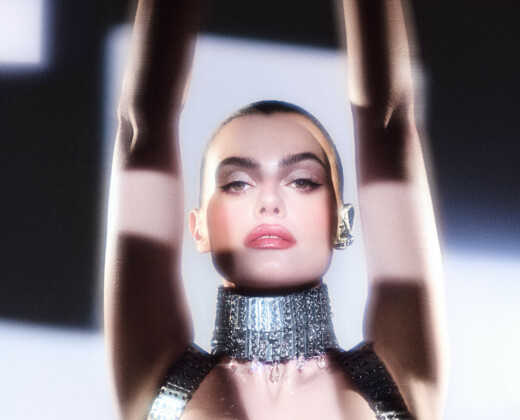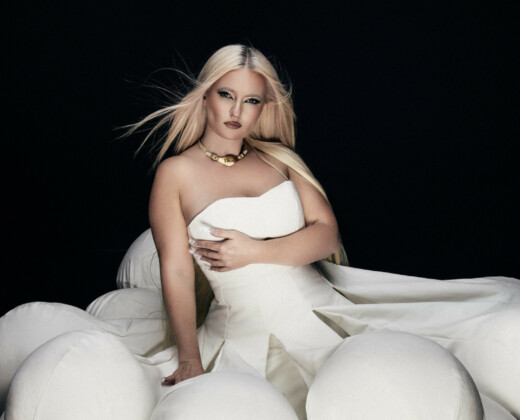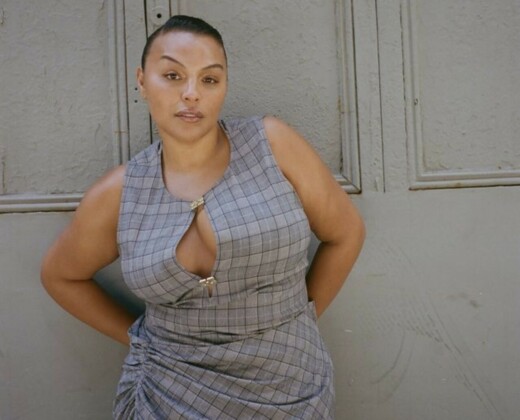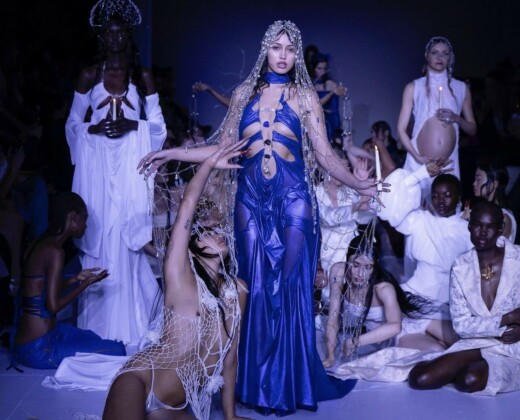The fashion industry has always led the way in innovation. From the invention of the sewing machine down to virtual clothing, designers are always pushing the envelope to find the next big thing. As technology evolves, the fashion industry becomes more efficient and creative. Design possibilities are endless with the array of manufacturing methods. In recent years, scientists, manufacturers, and designers have collaborated to create some incredible products. As fashion brands look to increase revenue streams and business models, many are partnering with technology providers, incorporating technology into their designs, and even building their own systems.
From temperature-changing fabrics to AV/VR dressing rooms- Who knows where technology will take fashion next?
Take a look at some of these designs that experiment with modern techniques
Dior
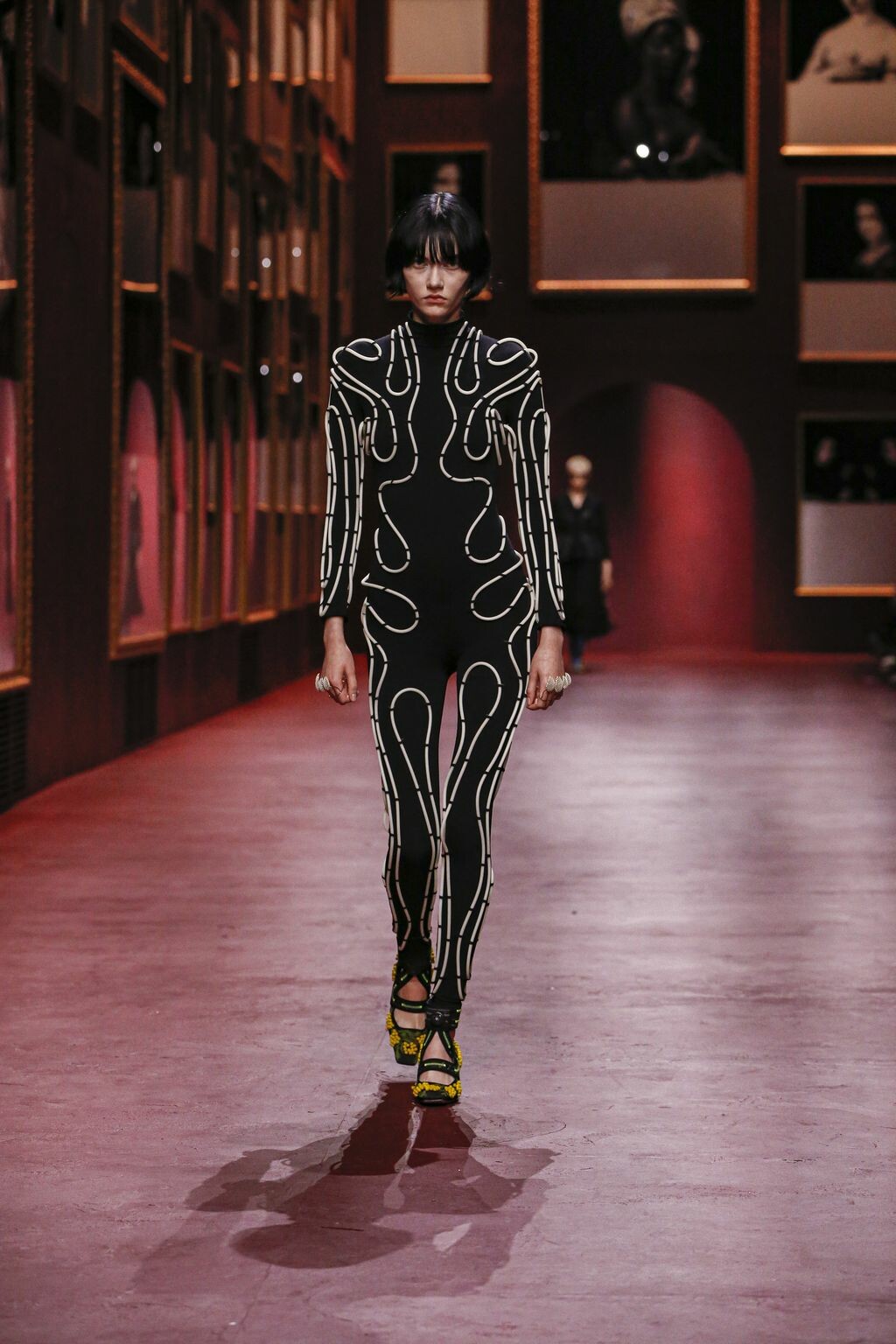
In Dior’s Autumn/Winter 2022 show, Maria Grazia Chiuri combined traditional silhouettes and technical innovation – resulting in a forward-looking collection.
Chiuri collaborated with the Italian company D-Air lab, which designs clothing with built-in protection. For example, their clothes can make emergency calls, or some garments are able to inflate, acting as an airbag to protect from impact in the case of a severe fall.
Chiuri was captivated by this innovation. She worked with D-Air lab to create new technologies for Dior’s New Look collection.
Among the pieces in the collection is a bodysuit with a pattern that resembles blood vessels, which glows in the dark. Another is the Bar Jacket, which has a temperature control feature designed to adjust to the body’s temperature.
CuteCircuit
Designers of CuteCircuit, Francesca Rosella and Ryan Genz, took a little black dress to a whole new level with graphene- a material more resilient than diamonds.
For CuteCircuit’s dress, the team partnered with scientists that created graphene-enhanced sensors. These are lined throughout the garment’s top half and can capture the wearer’s breathing patterns. A microprocessor analyses the breathing patterns and causes the dress to shine with LED lights. For shallow breaths, LEDs change from orange to green, while for deep breaths, they change from purple to turquoise.
We might see the same system in the CuteCircuit collection in the future for sportswear and ready-to-wear items.
Iris van Herpen
She pushes the boundaries of couture construction with her creations. Designer Iris van Herpen specializes in experimenting with modern technology, such as 3-D printing.
Using silicone to coat hand-blown glass spheres, van Herpen created a dress that looked as though it was made from bubbles. The dress’s structure is held up, mimicking Marilyn Monroe’s unforgettable white dress moment.
The designer doesn’t only create garments out of glass, but, Known as Magnetic Motion, Iris van Herpen’s 2015 spring collection was inspired by CERN, the world’s largest particle accelerator in Switzerland. Known for her ability to create wearable artwork, Herpen’s Magnetic Motion collection uses 3D printing and magnets to create a futuristic look. Innovation is a hallmark of Herpen’s collections, and Magnetic Motion is no exception.
Ying Gao
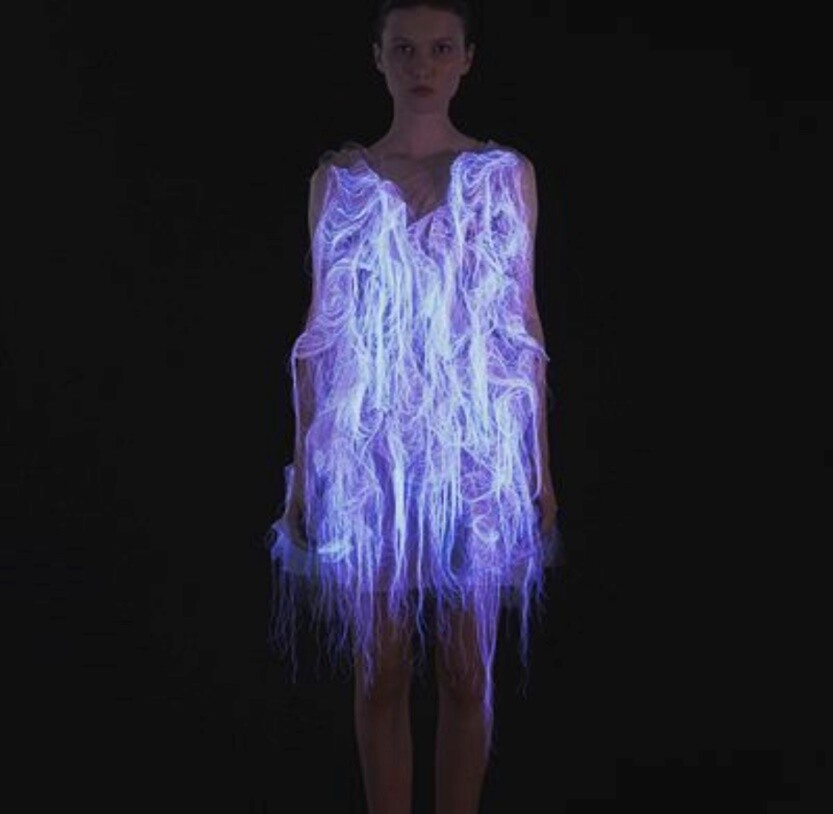
Montreal-based designer Ying Gao has created dresses with eye-tracking technology that light up, move, and change shape when you look at them.
The ivory dresses are made from shredded and ruched super-organza- the world’s lightest fabric. The fabrics are sewn with photoluminescent thread and are embedded with minuscule electric devices that track the eyes.
The gaze-activated dresses include smaller motors sewn into them that make them move and change shape when looked at, transforming these clothes into radiant forms of artwork.
Zac Posen
One cannot forget the ever-enchanting dress Clair Danes wore at the 2016 Met Gala. Nicknamed the Cinderella dress, Danes truly set the bar for all Met Galas that followed. Designed by Zac Posen, the dress is made from fibre optic woven organza- a type of sheer, lightweight fabric, allowing the dress to shine in the dark.
The gown is hollow underneath with no tulle, and 30 mini battery packs are sewn into the gown’s under-structure, a “Galactic Cinderella” moment, as the designer said.
Andrews Schneider
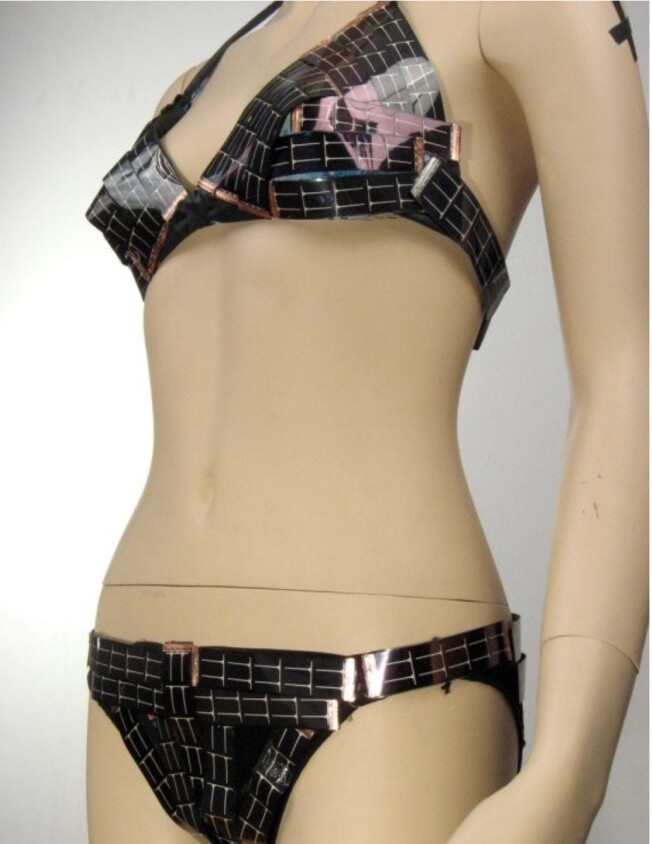
Forget about bringing a portable charger to the beach; changing the game is Andrews Schneider’s solar-powered bikini. This bikini can power devices like iPods and other similar small gadgets through the USB connector attached to the suit. Forty thin-film solar cell strips are sewn onto the bikini, allowing the swimming suit to charge the devices.
Wearing the bikini while swimming is still totally safe. The Solar Bikini has a 5-volt output, but no energy is stored in the suit, making it perfectly safe to wear in the water.
Burberry
Burberry collaborated with digital production agency Koffeecup to develop new software that would enable the brand to speed up the designing process and simplify the process of placing prints onto garments.
An instant preview of the finished product can be seen by placing a two-dimensional print on a three-dimensional product template. This allows instant feedback in real-time. 3D has become a staple tool in Burberry’s print engineering process, enabling a more sustainable, creative, and efficient merchandising model.
The first products designed using the technology appeared in the Pre-Fall 2020 collection.
Words by Chanelle Jassim
Header Image: Iris Van Herpen


